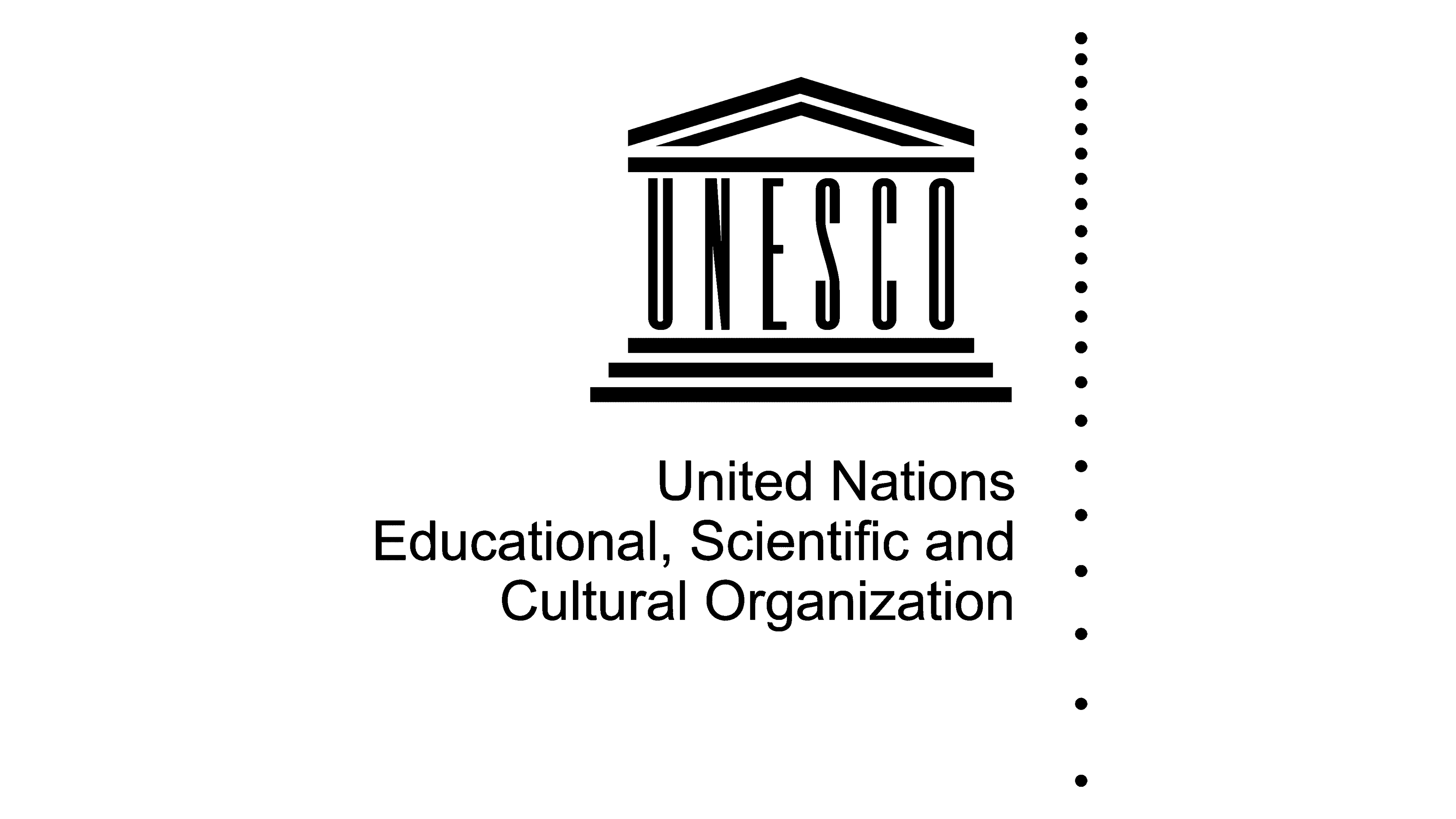UNESCO Logo
UNESCO, the United Nations Educational, Scientific and Cultural Organization, actively fosters global collaboration in education, science, culture, and communication. By promoting literacy, scientific advancement, cultural heritage preservation, and free flow of ideas, UNESCO aims to build peace, eradicate poverty, and ensure sustainable development. Currently, it focuses on educational equity, protecting world heritage sites, and addressing climate change impacts, while fostering intercultural understanding to overcome global challenges.
Meaning and history
Founded in 1945, UNESCO (United Nations Educational, Scientific and Cultural Organization) emerged in the aftermath of World War II, aiming to foster peace and international cooperation. Its roots lie in the League of Nations’ International Committee on Intellectual Cooperation.
UNESCO’s initial focus was on rebuilding schools, libraries, and museums devastated by the war. Over time, it expanded its mission to include literacy, technical training, and science education, reflecting the belief that education is key to lasting peace.
In the 1950s and 1960s, UNESCO played a pivotal role in the global campaign against illiteracy and in promoting scientific collaboration, notably through the International Geophysical Year (1957-1958). It also began safeguarding cultural heritage, with the 1954 Convention for the Protection of Cultural Property in the Event of Armed Conflict and the 1972 World Heritage Convention.
The 1970s saw UNESCO advocating for cultural diversity and the “New World Information and Communication Order,” aimed at balancing global media flow. However, this period was marked by controversy, including accusations of mismanagement and Western bias, leading the U.S. and the UK to withdraw in the 1980s.
In the 1990s, UNESCO refocused on education, culture, and communication, promoting the idea of a “Culture of Peace.” The organization re-embraced its founding principles, addressing issues like sustainable development, the digital divide, and cultural preservation.
UNESCO continues its multifaceted mission, adapting to new global challenges such as climate change, the digital revolution, and threats to freedom of expression. It remains a key player in promoting education, preserving cultural heritage, and facilitating scientific collaboration for a better world.
Today
The visual emblem presented is a graphic representation of a globally recognized entity focused on intellectual and cultural cooperation. Atop the emblem, the organization’s initials are prominently inscribed in a stout, commanding typeface, asserting its presence. Beneath this, the organization’s extensive title is fully articulated, underlining its expansive remit encompassing education, science, and culture. The iconography includes a stylized depiction of a temple façade, evocative of enlightenment and heritage preservation, which forms the centerpiece of the emblem. The image is rendered in stark black and white, suggesting a classic and universal resonance. A sequence of dots cascades to the side, perhaps metaphorically indicating a path of influence or a continuum of its mission.











